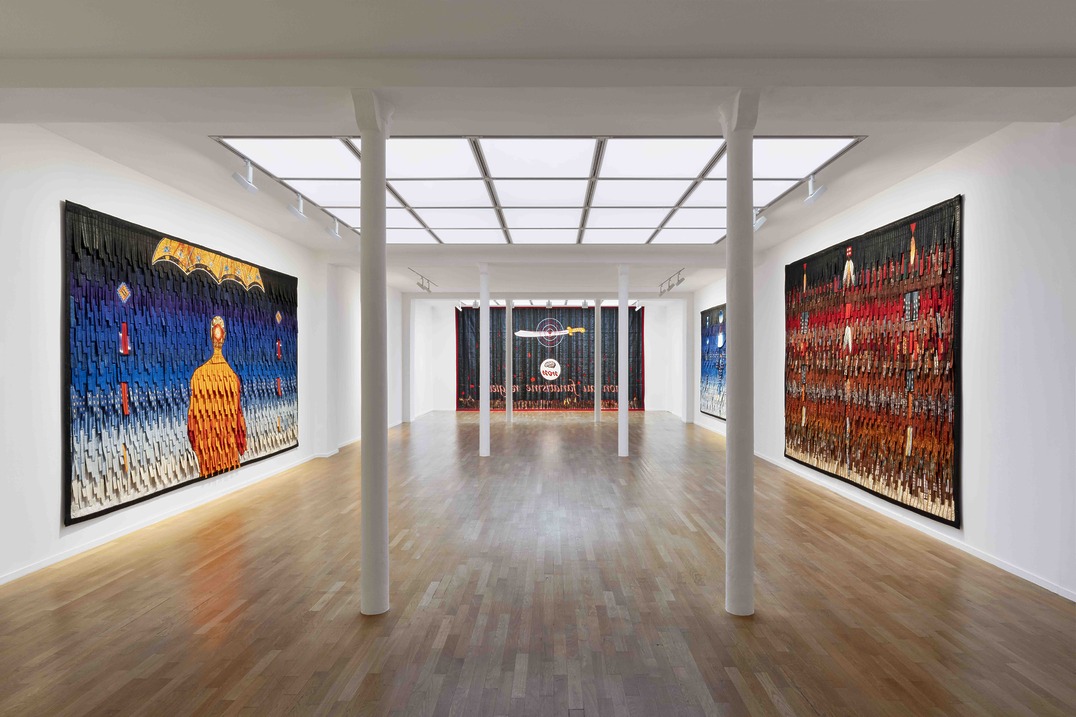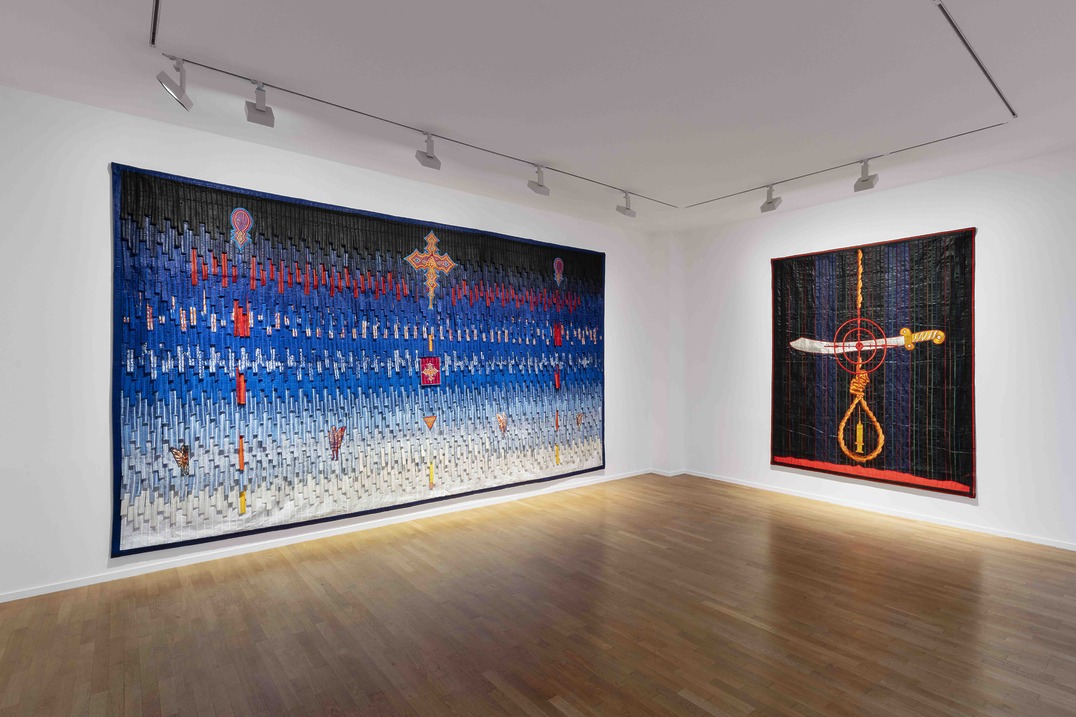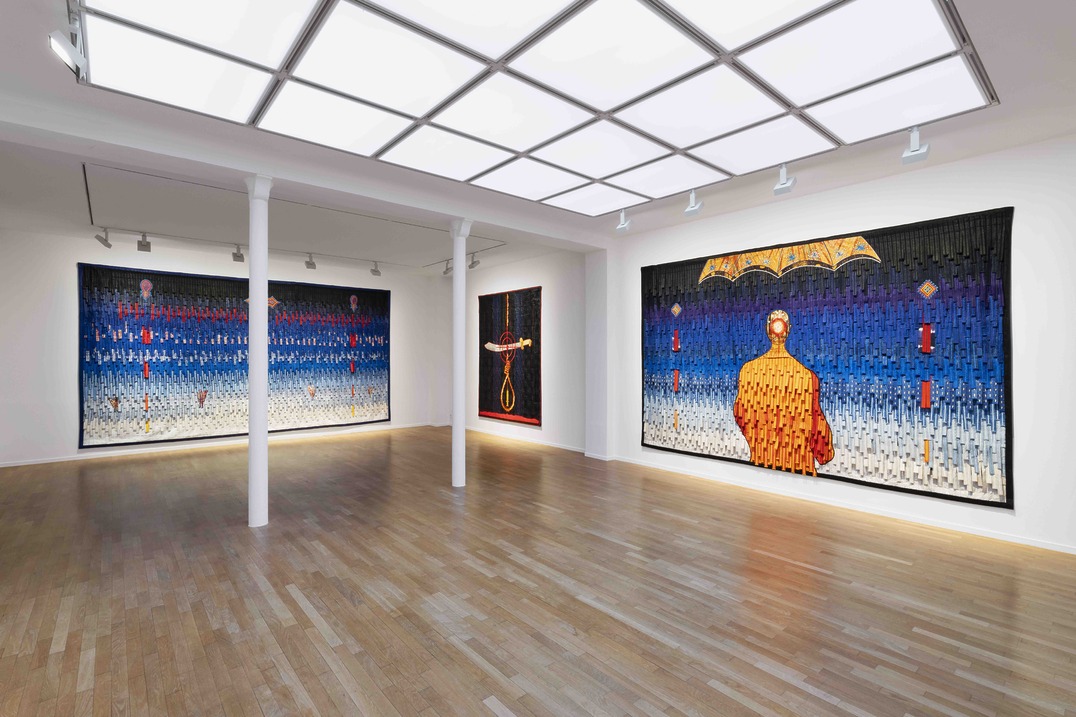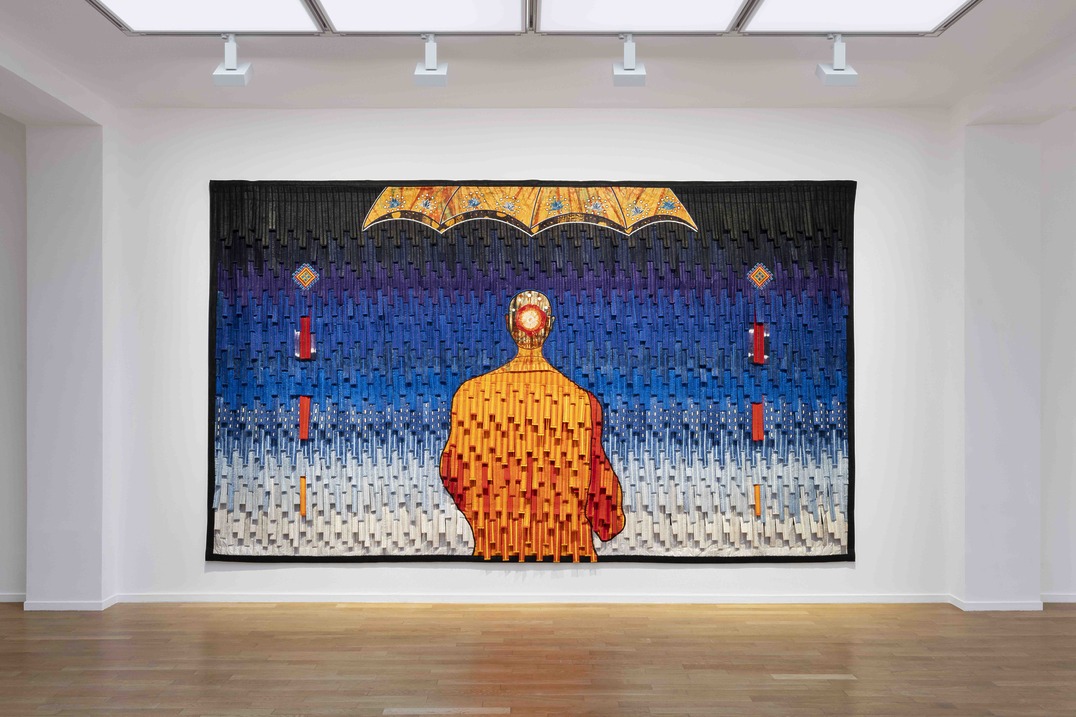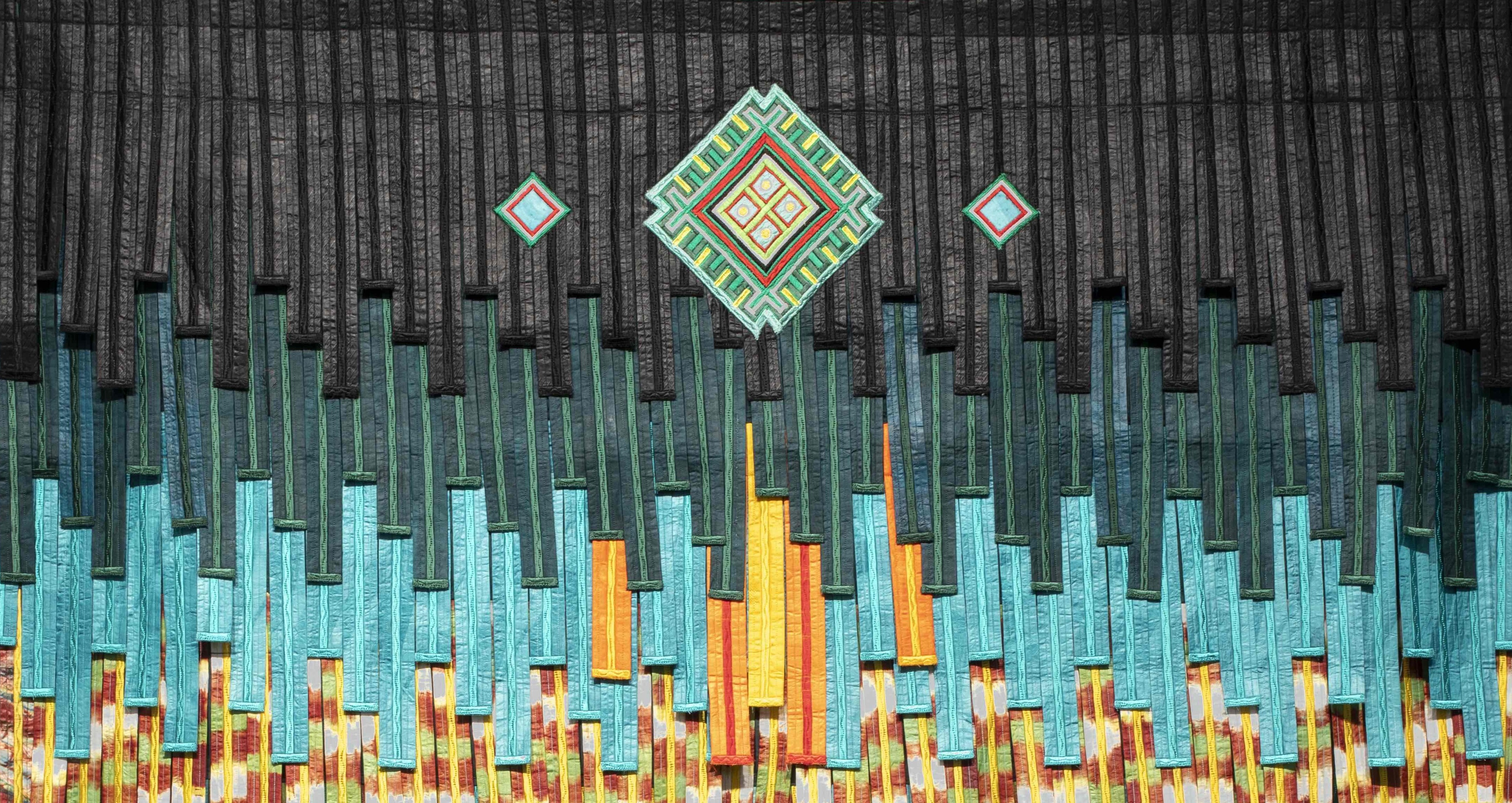
Abdoulaye Konaté
Le tissu du réel
For his first exhibition at TEMPLON in PARIS, Malian artist ABDOULAYE KONATÉ, a leading figure of the contemporaryAfrican art scene, unveils a new ensemble of ten monumental, entirely hand-sewn works.
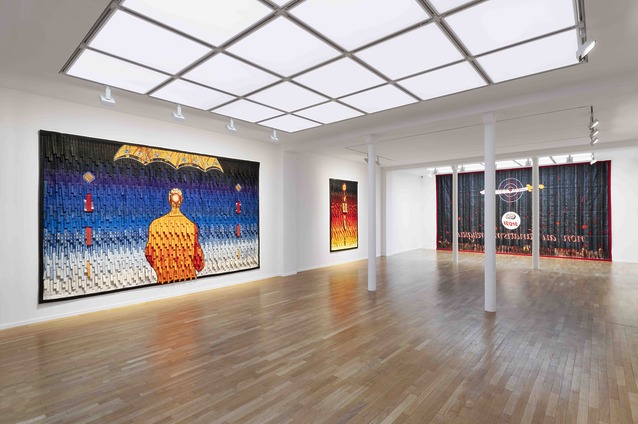
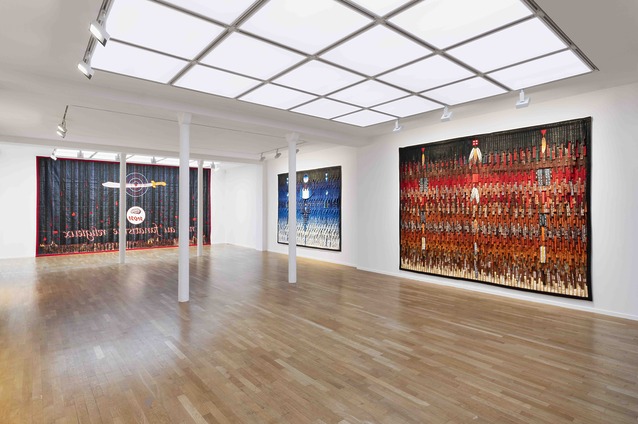
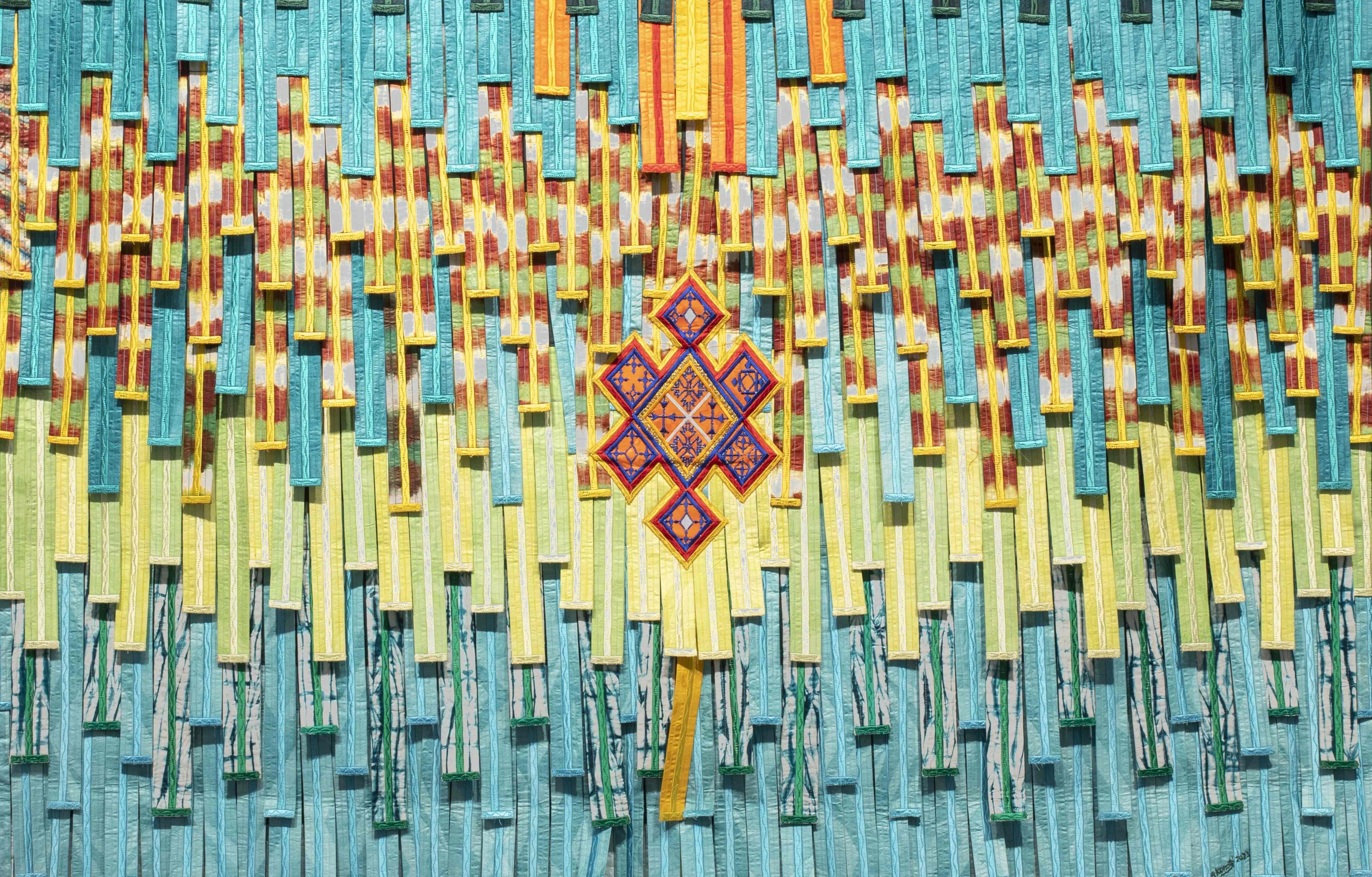
Widely regarded as a “master,” Konaté continues his exploration of the major issues of our time – from religious fanaticism to social justice – through a sumptuous and enigmatic visual alphabet of forms and colors.
Created from Cameroonian fabrics and bazin offcuts – an iconic textile of traditional West African attire – his compositions are distinguished by the organic arrangement of dyed, cut, and sewn strips that generate vibrant, shimmering surfaces. The result of extensive research and documentation, these works draw from multiple traditions: Malian craftsmanship, Tibetan art Tunisian ceramics, Berber textiles etc.
The creative process is both precise and exacting: initial sketches, first traced in marker and then refined digitally, are translated on a large scale with the help of assistants and sewing-machines, before the final work takes shape directly on the floor of the studio.
The compositions unfold in subtle gradations and infinite nuances – ranging from blue to green, yellow to red – that recall the blazing atmospheres of William Turner, the abstractions of František Kupka and Paul Klee, and the vast chromatic expanses of Mark Rothko’s Colorfield painting.
Although Konaté prefers to define himself as a humanist rather than a political artist, his textile tableaux, imbued with rare poetic intensity, confront the great tragedies of our time and the fractures born of globalization. By weaving together Western prosperity and African spirituality, his work outlines the fabric of a necessary reconciliation, carried by the beauty and power of color.
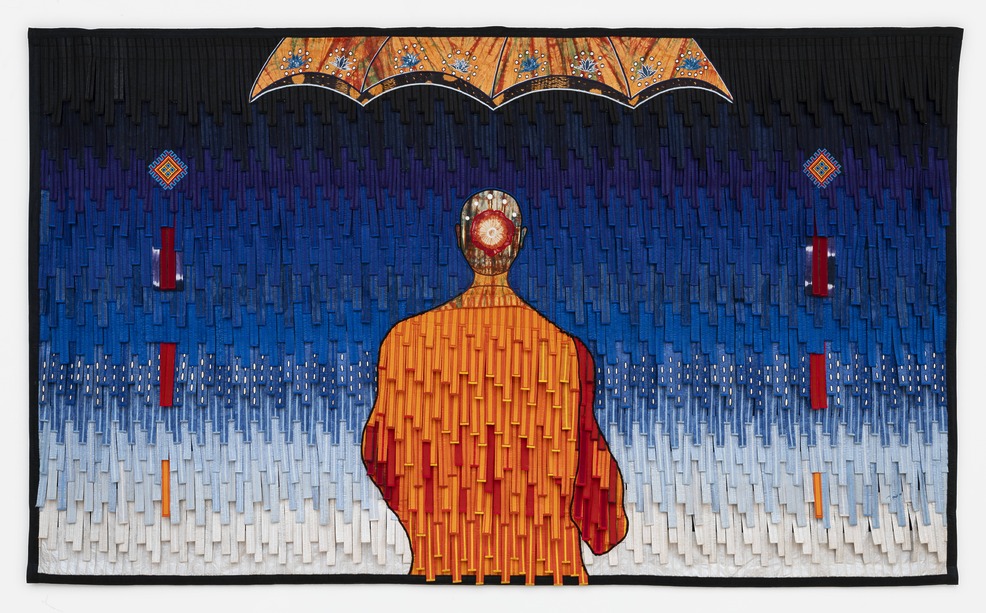
Esprit de moine – Tibet
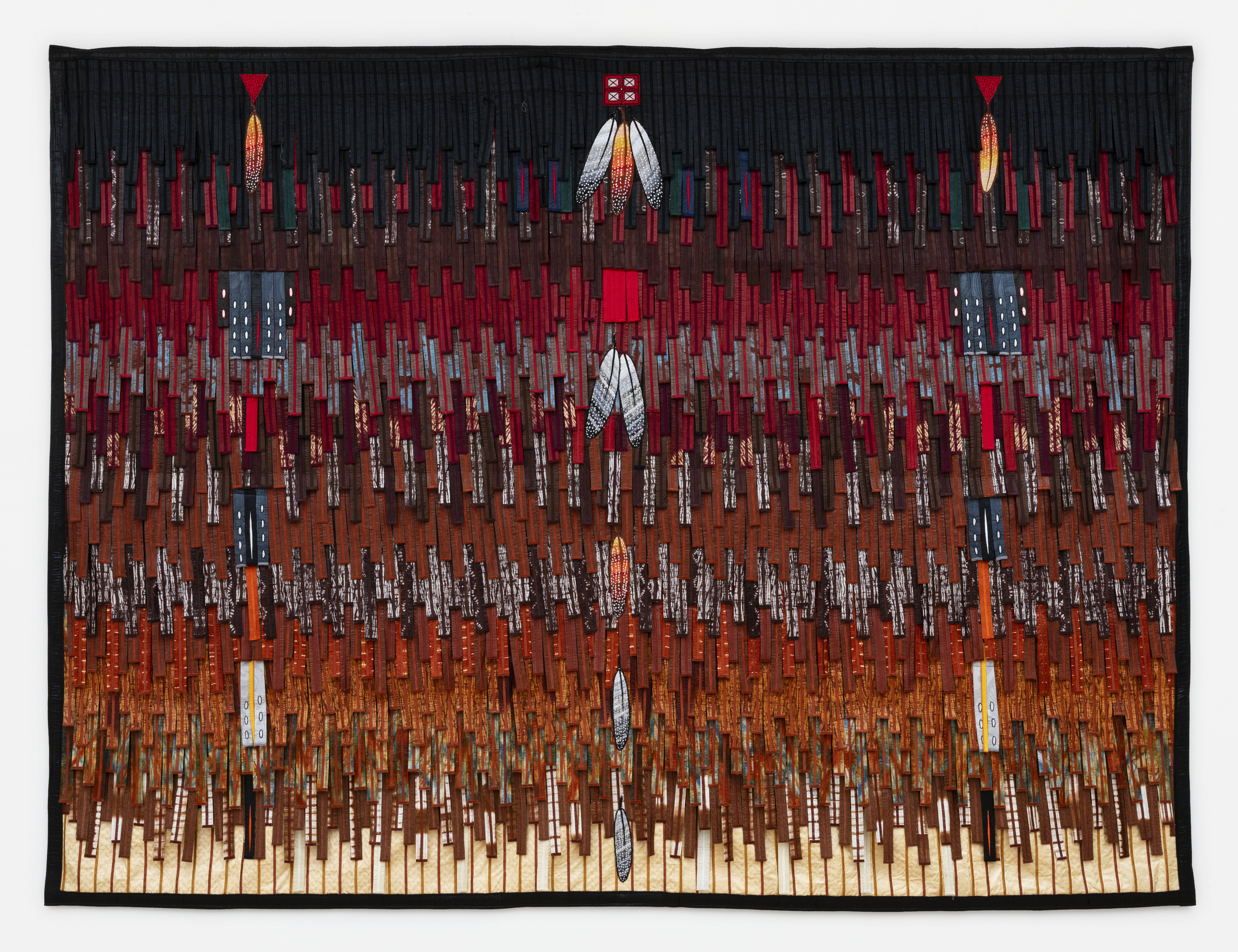
The artist
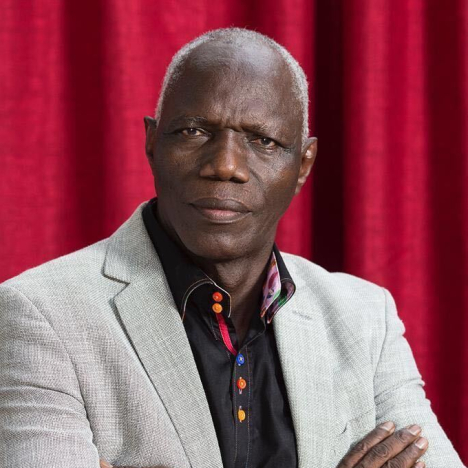
Abdoulaye Konaté, born in Diré in 1953, is one of Africa's leading figures in the visual arts. He works in tapestry, dressmaking, painting and sculpture, using fabric as his main creative material. He creates installations in which he uses traditional objects as an alphabet. By combining Western modernism with African symbolism, he fuses the expressiveness of traditional textiles with symmetrical, even hierarchical compositions, evoking the protection of ethnic and cultural heritage, Africa's place in the world, and global socio-political relations that resonate far beyond his local context.
